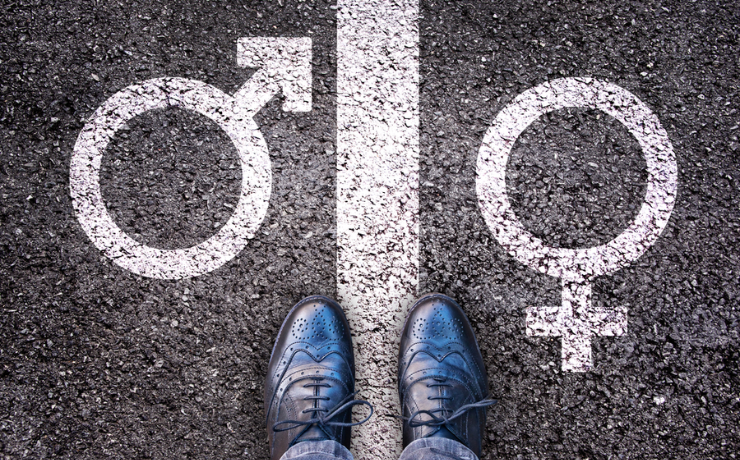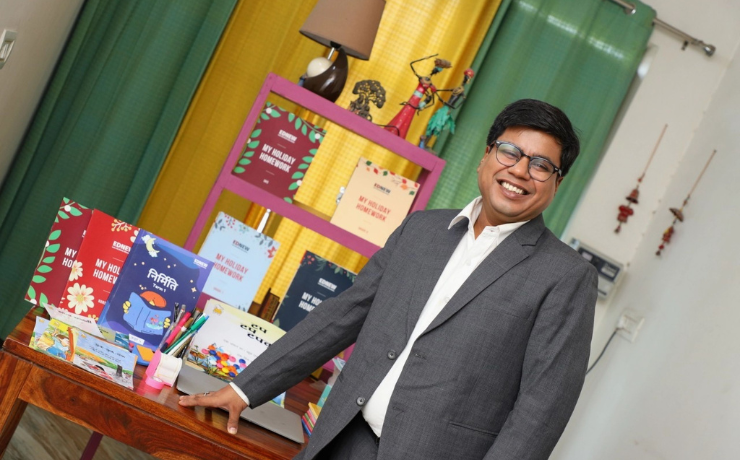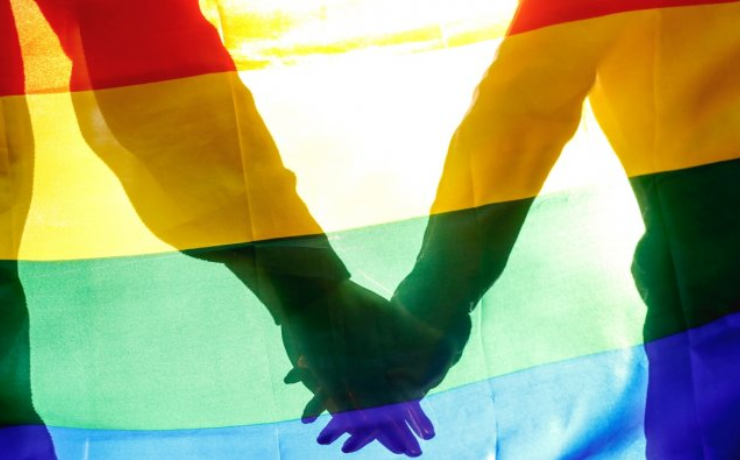Dr Varuna Srinivasan, the founder of Tara Health Media and one of the country’s most well-known and beloved sexual health experts and activists, busts the myths about bisexuality in conversation with Mehak Walia.
Bisexual people i.e., those who feel a sexual and/or romantic attraction towards two or more genders including their own, have long been trying to create a space for themselves between heterosexuals and homosexuals, but we all know how difficult this can be. Therefore, they are usually erased or maligned by not only straight people but also the LGBTQIA+ community. This invisibility of the bisexual community has led to the birth of many myths about them.
To celebrate this Bisexual Visibility Month, we are debunking these myths with invaluable insights from Dr Varuna Srinivasan (@Drvarunasrinivasan), who is one of the most well-known sexual health experts in the country. She is also a writer & activist who is currently serving on the review board of Parents Magazine and as the co-chair of the Women’s Mental Health Conference at Yale University. She has a degree in medicine and public health from Johns Hopkins University alongside being a fellow at the Royal Society of Public Health.
One of the most common ones among these myths is that bisexual people are just plain confused and lost, another one is that bisexual people are just plain indecisive. To this, she eloquently said, “Widely known misconceptions also include ideas that bisexual folks are either promiscuous or on the way to coming out as gay, and that only women identify as such. These harmful stereotypes are so systemic that it affects our health. Biphobia seeks to undermine the legitimacy of bisexual identities and comes in many forms: jokes, stereotypes, non-inclusive language, and even abuse. The fear of being dismissed as “too gay” or “too straight” often makes it hard to be open.”
She is right because bisexuality is indeed, either considered plain experimentation or just a stepping stone toward coming out as homosexual and this is the root cause of the myth that bisexual people are confused and hence, are not provided with the acceptance that they deserve. Another reason for this can also be the fact that society is still uncomfortable with providing such sexual freedom to someone and hence wants to limit them to a particular gender. This leads to contempt, jealousy and even hatred towards bisexual people and hence, all sorts of vile myths are spewed.
Now, coming to the most popular belief, bisexual people are more promiscuous than other genders. This belief is rather amusing, just because they are attracted to multiple genders doesn’t mean that they have a lot of sex or don’t commit to people and relationships. Furthermore, promiscuity has nothing to do with sexual orientation.
Another common myth that people believe is, to be a bisexual person, you must have had at least one partner from different gender, or else you will not be worthy of the title. Bisexual people can be attracted to people from various genders but, they don’t need to be involved with everyone just to prove a point. After all, sexual orientation isn’t like Thor’s hammer. You don’t have to do anything to prove that you belong in the LGBTQIA+ community, you just do.
If people end up in a monogamous relationship with the opposite gender, they don’t surrender their sexual orientation. Isn’t that fairly obvious? Varuna has had a similar journey and she shares, “As you can tell, I am so passionate about spreading the right information about sex and gender, especially in South Asian communities. There isn’t enough bi-visibility out there in general, let alone in brown societies like India. Especially as someone who came out so late in life and was already married/in a monogamous relationship.”
She further added, “I would often invalidate and erase my own identity. Like it wasn’t real. It’s one thing if people in the larger society tell you that you don’t exist but to tell yourself that? That’s how deep bi-erasure goes! Going through that ‘coming out’ period was so difficult mainly because I had such a hard time convincing myself that I truly was bisexual.”
This deep insight into Varuna’s struggle to not just face society but also herself into accepting her identity shows that we need people like her and others to come out and spread awareness about the legitimacy of bisexuality, the struggles they face, and most importantly the need to create a separate space for themselves among the society that believes in the binary system of sexual orientations. Alas, even beyond this system of heterosexual society, acceptance for the bisexual community in the LGBTQIA+ community has always been scarce.
This is because some people in the community assume that passing privilege i.e., the idea that bisexual people can pass as heterosexual because they can be in a romantic relationship with the other gender, makes bisexual people a world apart from them which is of course, not true. Sidelining and trying to erase bisexual people have been a reality throughout the history of LGBTQIA+ movements, and this needs to change.
This led us to ask Varuna if she too believes the fact that the bisexual community has been reduced to a minority within minority i.e., the LGBTQIA+ Community and she exclaimed, “Honestly, I can’t comment on this but I can say that we face significant mental health issues. While 40% of the LGBT community identifies as bisexual, studies have shown that they experience higher levels of depressive and anxiety symptoms than their lesbian and gay counterparts. More importantly, they are more likely to report uncertainty around their identity and conceal their sexual orientation leading to poorer mental well-being.”
Conclusion: This unacceptance of their sexual identity does end up creating a lot of emotional and psychological problems for bisexual people. The LGBTQ+ community as a whole should accept each other because it is already a struggle for all of us to live freely in this world, isn’t it? We should learn not to criticize each other’s way of living or call it abnormal because it doesn’t fit into a box built by society.
On top of that, we just really need to realize the fact that society itself, is built of heterosexuals, homosexuals, transgender, asexuals, intersexuals, bisexuals and all the other sexualities and we need to accept, support and love everyone for who they are because, at the end of the day, we are all just people who are trying to survive and succeed in this massive and fast-paced world and we all deserve happiness, love and acceptance, don’t we?

































